Question time: If you own a Nikon D4, should you upgrade it to a D4s? There’s always a flurry of activity with any new camera release and a surge in initial excitement. The new Nikon D810 received it in abundance but what of the D4s! It seemed to all go quiet very quickly. It was even one of the first cameras in a long time that didn’t suck me in to the hype. But why? Well, thanks to the chaps at GMC Publishing I had the opportunity to find out first hand for a month, when they sent me one a couple weeks after release, to review for both Outdoor Photographer and B+W Magazine. I had to hold off writing anything here until the magazines had been published but that time has now come and gone so here we are!
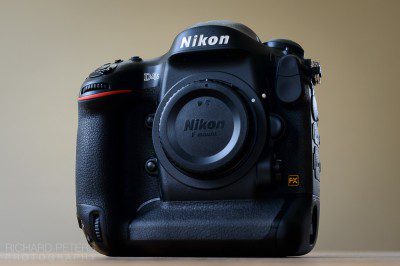
The Nikon D4s
I’ll say this now, before I potentially start sounding too negative (that already doesn’t sound like it will bode well for what you’re about to read). The D4s IS a very good camera. The caveat is more to do with how much better it is than the camera you may currently own. Read on and I’ll explain (or just skip to the end if you want my summary without the potential waffle!).
NEW THINGS
So, what did Nikon add to an already great camera to lure D4 owners to upgrade? Video aside, as I don’t really use it much, this time round my ears were twitching to the sound of:
1) A new sensor offering a stop better native high ISO of 25,600 going on to an equivalent of over 400k. Not that shooting at ISO 400,000 would be needed on a regular basis, but the thinking goes that as the higher end of the ISO ranges increase, the quality of the image across the entire range should hopefully improve.
2) Enhanced Autofocus via a new, faster Expeed 4 processor and new group (5 point) focus mode
3) 11fps
4) Some design tweaks to the body itself
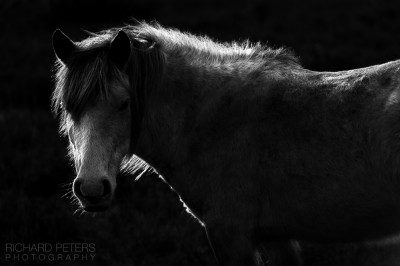
D4s, 200-400 VR, 1/800, F5, ISO 125
Secondary little bits that are nice include more customisation via it’s menus (which look a little nicer in themselves), increased continuous shooting mode for time-lapse, up to 9999 shots (from previous 999) and a new battery that’ll give you a few frames more on a charge.
THE SAME BODY DESIGN. BUT DIFFERENT-ISH
The change in design from the D3s to the D4 was fairly substantial with every contour and grip given an overhaul. The change from D4 to D4s is less subtle as you’d expect from a mid-cycle upgrade. This time round we get a slightly improved thumb grip/rests and some textured finishes on the twin joystick selectors. Both are so subtle you’d probably not even notice without being told.
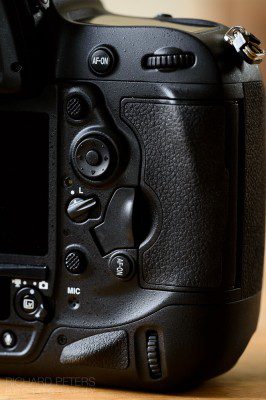
It’s subtle , but the thumb grips are better
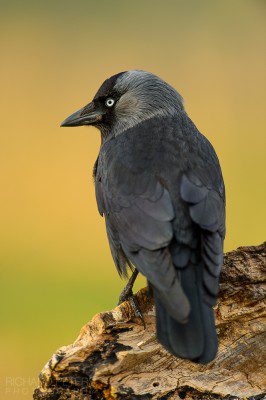
D4s, 600VR, 1/500, f5.6, ISO 560
Surprisingly though, when paired to a larger heavy lens the very subtle thumb grip adjustment does actually make a difference in helping to support the weight, especially when shooting vertically. I found this to be most noticeable when hand holding my 200-400 VR. Job done, tick!
SPEED. HITS THE GROUND SPRINTING
You can’t take this away from the D4s. It is fast. Insanely fast. Along with the faster Expeed 4 processor the black out time has been reduced and although we ‘only’ get one extra frame per second at 11 with full focus and metering, this camera feels unbelievably responsive and rapid. It may only be one extra frame but the overall implementation of that, combined with the reduced shutter black out time gives the illusion of this camera being several frames faster. It’s immense. Kept in continuous release mode, you’ll often find yourself taking 4 frames instead of 1 and, with the right card, you can now shoot a burst of RAW files well in to triple figures! It’s fair to say, the D4s doesn’t just hit the ground running, it hits it in a full on sprint!
GROUP FOCUS
Lets be honest, it seems Nikon do need to catch up a little here because the Canon 1Dx seems to get nothing but absolute praise for it’s customisable focusing system (several wildlife and sports photographers have rightly or wrongly switched back to Canon because of this). So to address the balance, here we have the new Expeed 4 processor allowing for faster calculations and a new group focus mode that uses 5 focus points, which places it between Single Point and 9 Point modes.
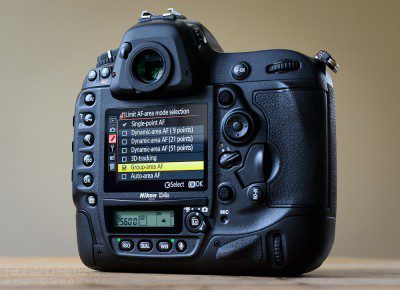
The Nikon D4s, now with group focus
In practice and having shot with both my D4 and the D4s side by side, I didn’t initially feel like there was much difference between the two cameras. Photographing red kites with my 600 VR both with and without teleconvertors, the speed of acquisition and tracking felt all but identical. The D4s also exhibited the same tendency to get confused with the backgrounds and a small target – but I may have been overly optimistic at times as a subject so far away it’s barely bigger than two focus sensors is never going to be easy to pin point!
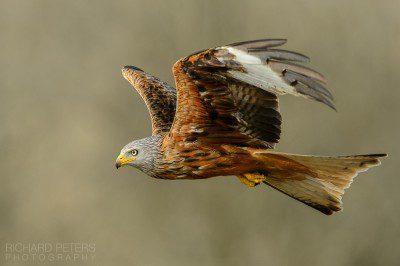
Nikon D4s, 600VR + 1.4, 1/4000, f8, ISO 2500
Crucially though, when viewing images on the computer, it became apparent that wherever I had taken a burst of images of any moving target, there were always more sharp images in the sequence with the D4s than with the D4. Having used the original D4 since it was released, this higher success rate of the D4s was certainly noticeable. So there is an improvement here, no matter how subtle it may be.
HIGH ISO. A STOP MORE, BUT NOT REALLY
I’ll just say it (you’ll have read similar elsewhere anyway and I also did a D4 vs D4s ISO comparison a while ago), there is next to no improvements in ISO performance between the D4s and the older D4. This comes as a little bit of a surprise especially as the D4s now shoots at a native ISO 25,600. But even then it barely edges past the equivalent HI 1 setting of it’s predecessor. Sure it holds out a little better once you hit ISO 100,000 but by the time you get there, the images are unusable anyway as such ISO’s are nothing more than marketing numbers with current sensor technology.

Nikon D4s, 70-200, 1/80, f3.2, ISO HI 1.7 (64,508)
However, always keen to push the limits of natural light, I was offered the chance to visit some urban badgers that were fed by locals. I thought that would prove the perfect test for the high ISO performance although it was more of a challenge than expected as the badgers were not directly under the street lights, and as such with my 70-200 it was tricky to get focus lock at times. I did get a couple of photos and the noise levels at an equivalent of ISO 64,508 (yes, that’s SIXTY FOUR THOUSAND) were controlled as well as can be expected and after an edit in Lightroom the image looked better than I had hoped. We are well and truly pushing the limits at this point though, there’s no two ways about it.
SHARP…SHARP SHARP SHARP
This stood out pretty much instantly. The D4s produces sharper files. A quick glance on the rear LCD and I was instantly aware that images appear to pop a little more than the D4. Once I was able to open those images in Lightroom (which required waiting several weeks for an update) those suspicions were proved correct. I’d always felt the D4 seemed a little soft and required more sharpening work at the processing stage but the D4s shows an improvement here, without a doubt. I didn’t shoot much video, but again the clips I did shoot clearly showed an improvement in sharpness over the older D4.
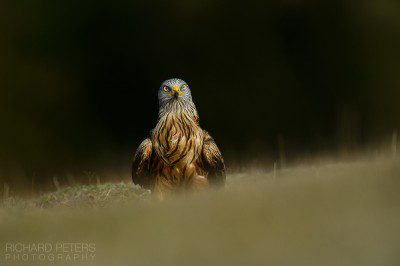
Nikon d4s, 600VR + 1.4, 1/2500, f8, ISO 1000
So with all that said, we’re on to the question that really matters…
VALUE FOR MONEY?
This may seem like a fairly negative review (if you can call it that) at times and I’d not blame you or even argue with you for saying so. Yes the D4s is one of the best camera’s Nikon have ever produced but personally, I’m left answering two questions about it:
1) Would I buy one? No. I’d like to own one, yes, but buy one, no.
One of the best camera’s Nikon have ever produced and I don’t want to buy it! The fundamental flaw with the D4s is one of value for money vs improvements. Speaking as a wildlife photographer, it’s just not worth it. The D3 to D3s saw a significant jump in high ISO image quality as well as a bigger buffer, but here, the move from D4 to D4s just feels a little flat. The ISO improvements aren’t overly impressive and the buffer was already big enough to keep most shooters happy. Sure we get a few other changes that stack up, but they don’t stack up enough to warrant the cost of upgrade.
So…
2) Is it worth you buying one? Maybe. But it depends on what you’re upgrading from. If it’s a D4 then it’s far from essential. If it’s from an older generation or lower end body then quite possibly, yes.
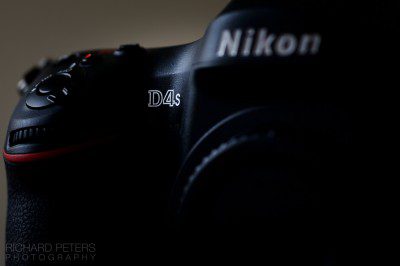
The Nikon D4s. King of the darkness. Just.
I love Nikon, I really do. I’ve alway used them and always will. But it does feel a little that where they made leaps and bounds with the D3 line, they’re starting to fall behind a little with the D4 line (don’t forget, many didn’t even see the D3s to D4 upgrade that worthwhile). That being said they are clearly on their game with the 36mp camera bodies! Speaking of which, enough talk, time to go play with a camera that DID make me want to upgrade, the D810…!
WANT TO BUY A D4S?
Probably not after what you’ve just read! But if you still do, you could do worse than buying via either of these blog affiliates:
UK via Wex Photographic
USA via B&H Photo Video
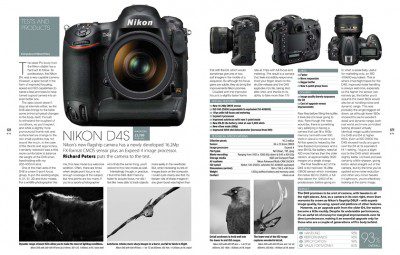
My B+W Magazine D4s review
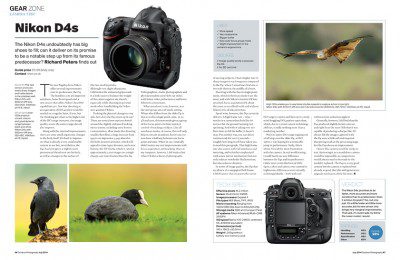
My Outdoor Photographer D4s review








